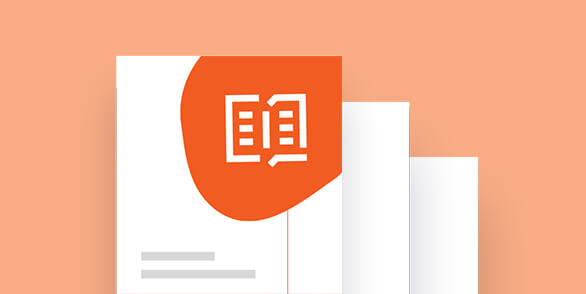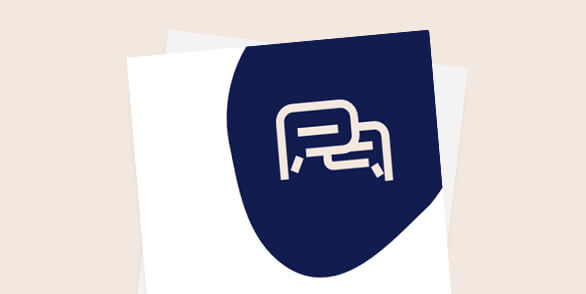
A single system of HR data recording gives you practically unlimited ways to analyse employee insights
It’s no secret that we live in a data-driven society. If an organisation isn’t online, it’s almost like it doesn’t exist. And in this information-dense climate, there’s no shortage of insights that can be gleaned from personal data. Analytic algorithms are used by the likes of Google and other businesses to analyse your browser history and target specific adverts to you when you’re online.
But this type of data analytics isn’t limited to the information you generate online and on your social media profiles. The information captured and stored by your organisation’s HR department can also offer tremendous insight into employee and organisation performance and engagement.
Deloitte Insights revealed that 69% of organisations are building integrated data systems to better analyse employee-related data, in 2018 Global Human Capital Trends – People data: How far is too far?1 With an HR suite of solutions, all your employee information is stored in a centralised database, from payroll and time management, to performance ratings and general employee demographics.
Disconnected HR systems mean that all employee data may be stored in different locations, which can make it difficult to access and analyse this information accurately. It can also be expensive to generate special reports and time-consuming to wait for results when employee data needs to be sourced from multiple platforms. Yet, all this information is vital for informing company insights and driving development and growth.
Through an HR suite – which provides you with a centralised database of employee information – organisations can better carry out HR data analytics and create a comprehensive ‘employee listening architecture’. This way, you gain insights into the employee experience, which you can use to inform your organisation’s talent management strategy and identify skills gaps in the workplace.
Quality analytics
Quality employee data and accurate analysis of this information are required to drive organisation performance. Based on the analysis of past employee information, HR departments can predict responses to certain scenarios, as well as guide interventions that can improve workplace performance.
“Based on previously collected data about each individual’s social behaviours, managers will be able to simulate how well specific people will work together and what challenges will likely emerge. Work assignments, team dynamics and leader selection, to name a few, can be driven by analytics that can predict the impact of specific decisions,” said Himanshu Tambe, managing director of Accenture Strategy Network: Talent & Organisation in The Telegraph2.
And it’s more than just company-related data that organisations can collect and analyse. Personal information from social media, as well as wearable devices, can be collated and analysed to offer insight into employee wellbeing and behaviour, which can assist your organisation in its decision-making.
Deloitte Insights notes that General Electric (GE’s) HR analytics department uses employee data to monitor historical employee movement within the company, as well as “relatedness of jobs” in order to assist employees in identifying potential new career opportunities within the company, irrespective of the business unit or location1.
A single database
Having to collate information from multiple databases is not only time-consuming, but sometimes you can struggle to obtain the information that you need, impacting your analysis results. But with a single system of HR record you can save time and access everything you need within minutes.
Other benefits to having a single database of employee information are that it’s easier to ask as many questions as you want and rework the questions to ‘play’ with the answers. The only limitation to your analysis is the type of information you collect – or don’t collect – on your employees.
But it’s important to remember that with all the benefits of gathering employee data, there are risks. You’re obliged to keep employee information safe, particularly sensitive information such as banking details. The Sony data breach in 2014 made headlines when hackers released a wide range of confidential information from the media and entertainment giant, including personnel information for some of the company’s employees3.
But there are regulations in place to assist in keeping employee information safe. In the European Union – as well as other regions of the world – organisations must delete data the moment it is no longer relevant. Even if there are no regulations to guide the use and storage of employee information, the main function of the HR department is to work with and engage with your organisation’s employees, so the safe storage and responsible use of this information should be a top priority.
- 2018 Global Human Capital Trends – People data: How far is too far?, Deloitte Insights, https://www2.deloitte.com/insights/us/en/focus/human-capital-trends/2018/people-data-analytics-risks-opportunities.html
- https://www.telegraph.co.uk/sponsored/business/digital-leaders/future-series/12122231/understand-your-workforce.html
- https://www.bbc.co.uk/news/business-34589710


